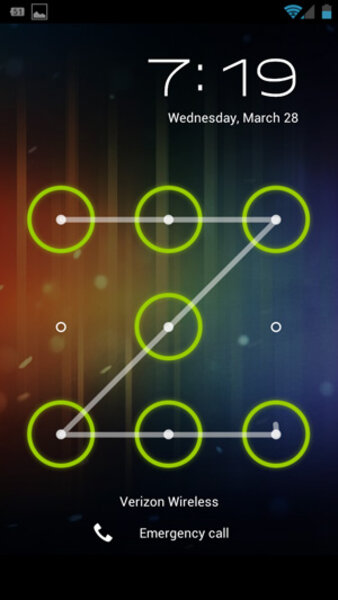Android gives you a few solid options for keeping other people from getting access to your phone. Of course, there's the trusty four-digit PIN. But you can also set up a regular password like you'd use on your computer. Or you can get into your phone by dragging your finger to connect a series of dots in a unique shape. If you're running Ice Cream Sandwich of Jelly Bean, you can also give "Face Unlock" a try. Your phone will use its front camera to detect who's holding the phone, unlocking only for the real owner.
This isn't a particularly secure option in Ice Cream Sandwich, where it can be defeated using a picture of the owner, but Jelly Bean makes the feature a little more usable. Once you've set up Face Unlock, you can improve its reliability by taking multiple pictures of yourself in the "Improve face matching" section of the Security tab in the Settings app. (That way you won't lock yourself out of your phone if you decide to get a haircut, or if you switch from glasses to contacts.) You can also implement a "Liveness check" from the same area of Settings, which makes the phone look for blinks and facial movements when unlocking.
If you're less worried about security and just want a simple slide, you also have the option to quickly access the camera or Google Now from the lock screen. Just slide the lock to the left over the camera icon, or up to get to Google Now. And if you want to trick out your lock screen even further, you can use WidgetLocker's LockScreen app ($2.99) to get music controls and customized sliders for particular apps.







